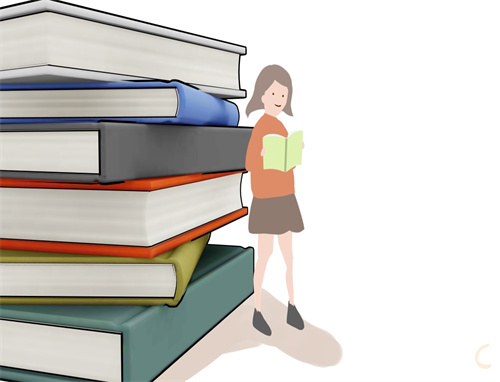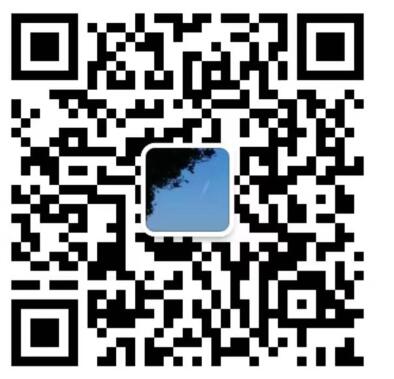How powerful is the subconscious?
SUBCONSCIOUS thought is the brain‘s dumb autopilot – the chump behind repetitive tasks, Freudian slips and all the other things we do “without thinking”. That was certainly the prevailing view in the 20th century, but the subconscious has lately gone up in the world. It takes centre stage in creativity, puts the “eureka!” into problem-solving, plays a crucial role in learning and memory, and it‘s even better at making tough decisions than rational analysis is (New Scientist, 1 December 2007, p 42).
It was in the 1980s that the late neuroscientist Benjamin Libet saw a spark of brain activity 300 milliseconds before subjects consciously chose to twitch a finger. We now know the unconscious decision happens even earlier. In 2008, John-Dylan Haynes at the Bernstein Center for Computational Neuroscience in Berlin, Germany, found brain activity up to 10 seconds before a conscious decision to move (Nature Neuroscience, vol 11, p 543).
Stanislas Dehaene, director of the Cognitive Neuroimaging Unit at INSERM, France, has elegantly revealed the subtle interplay between subconscious and conscious thought. In his experiment, volunteers saw a word flashed onto a screen, followed almost immediately by a picture, which masks conscious perception of the word. As the time interval between the two increases, the word suddenly pops into consciousness – accompanied by characteristic activity on a brain scan. This usually happened when the interval reached around 50 milliseconds, but when emotional words such as “love” or “fear” were used, it happened a few milliseconds earlier. It is as though the decision about the word‘s importance and attention-worthiness was taken by the subconscious itself (PLoS Biology, vol 5, e260).
Experiments like these have changed our views about the relationship between conscious and subconscious thought, putting the latter firmly in charge. Think of consciousness as a spotlight, with the subconscious controlling when to turn it on and where to direct the beam. “The conscious mind is not free,” says Haynes. What we think of as “free will” is actually found in the subconscious.
翻译:
人类的潜意识到底有多强?
潜意识思维是大脑的傻瓜式自动控制仪.无数次重复工作之后的本能反应,弗洛伊德口误(无意识的说错话),还有其它不经思考就做的所有事情,这些就是20世纪人们对潜意识的普遍看法.最近世界上对潜意识又有了新的认识。潜意识被认为是创造力的中心舞台,能够忽然爆发灵感解决问题,在学习和记忆中扮演着重要的角色,它甚至
在做艰难决定的时候表现比在理性分析时更出色。
已故的神经学家本杰明利贝特在上世纪80年代发现一个现象,受试者在下意识选择弯曲一个手指之前300毫秒大脑就会有短暂的活动。我们现在知道无意识的决定甚至发生的更早。2008年,德国柏林伯恩斯坦神经系统计算科学中心的约翰迪伦海恩斯发现在有意识的决定做出之前多达10秒就会有大脑活动会出现。
法国INSERM的认知神经影像学组主任斯坦尼斯德阿纳已经完美的揭示出潜意识和意识思维之间微妙的关系。在他的实验中,让志愿者观察屏幕上快速闪过的单词,紧接着用一幅图片覆盖前面的单词,用来掩盖前面单词产生的意识知觉。当单词和图片之间的间隔时间增加时,志愿者会开始对单词产生意识知觉,同时伴随一个典型的大脑活动。这通常发生在间隔时间达到50毫秒左右时,但是当用到表示情绪的词汇时,例如“爱”“恐惧”,这个时间会更加提前几毫秒,好像单词的重要性和值得注意是由潜意识自己决定的一样。
类似这种实验已经改变了我们对于意识和潜意识思维之间关系的看法,对后者所起的作用有更深刻的认识。如果把意识知觉当做一个聚光灯,那么潜意识就是它控制装置,决定灯光什么时候打开,把光束指向哪里。“意识思维不是自由的。”哈恩斯说。我们所认为的“自由意志”实际上是建立在潜意识的基础之上的。





